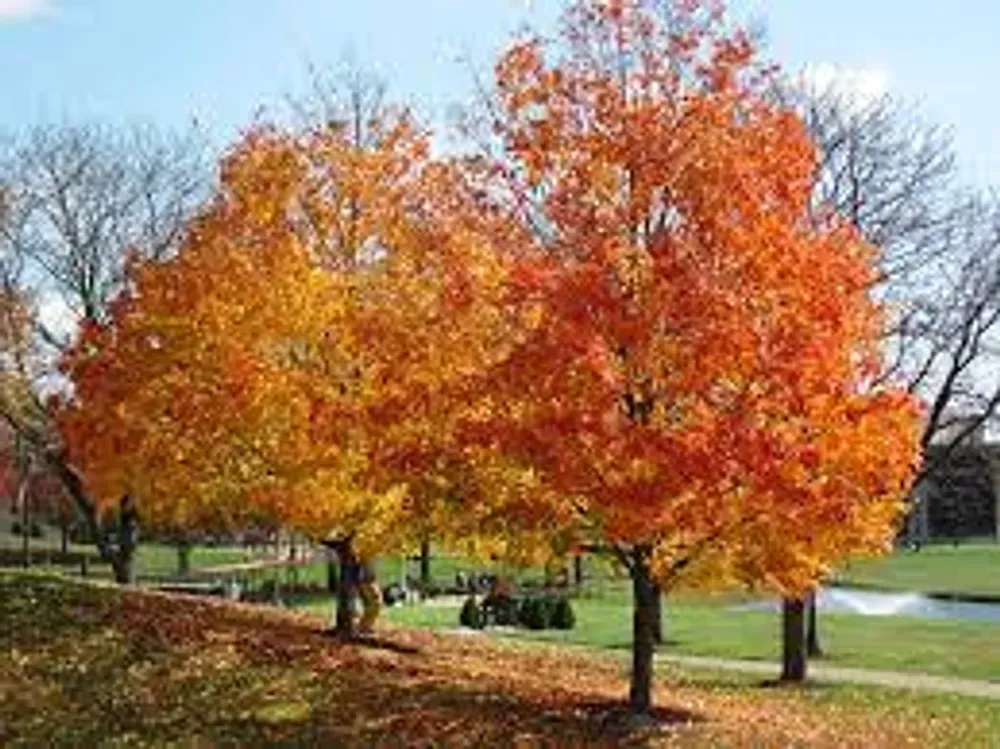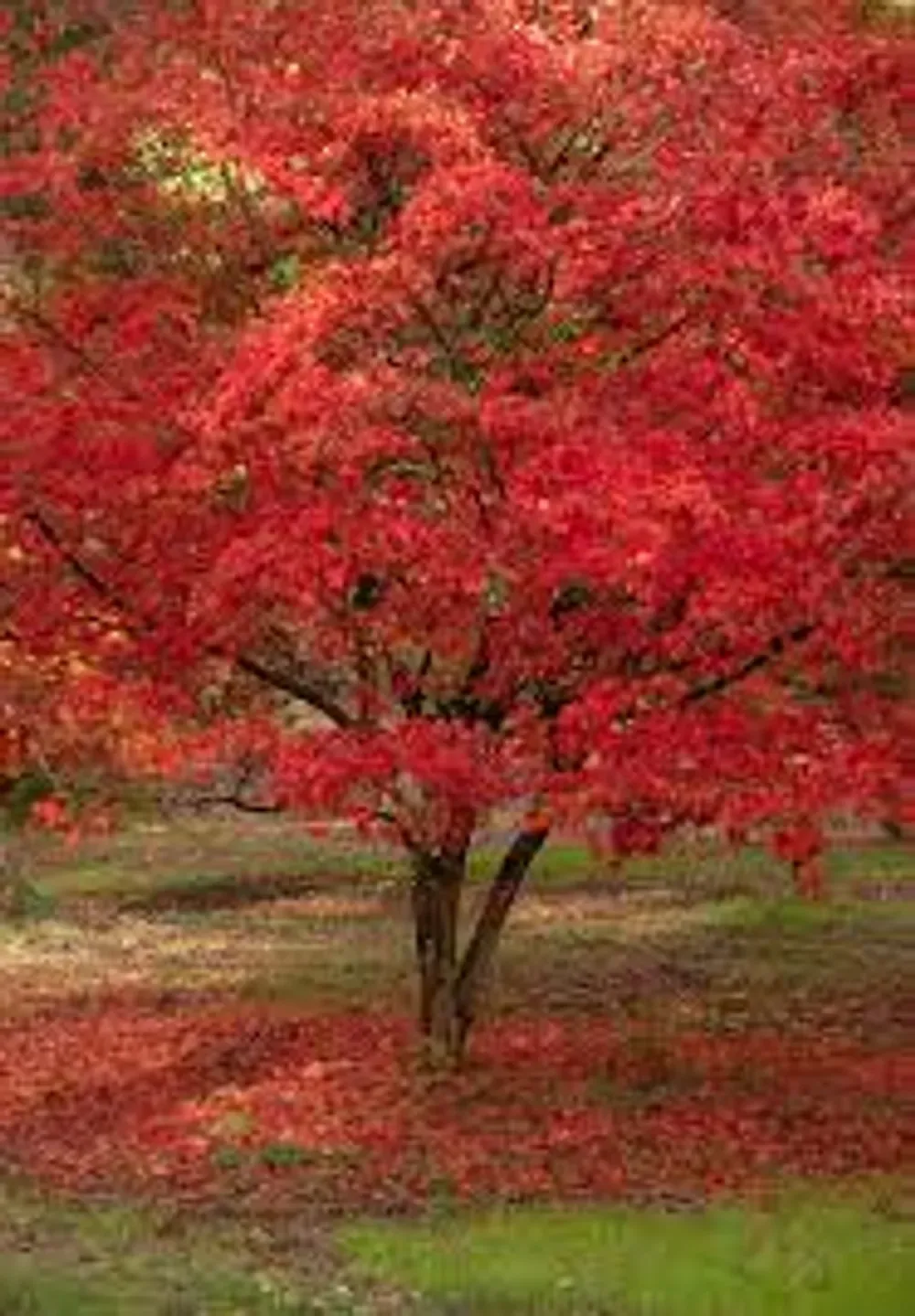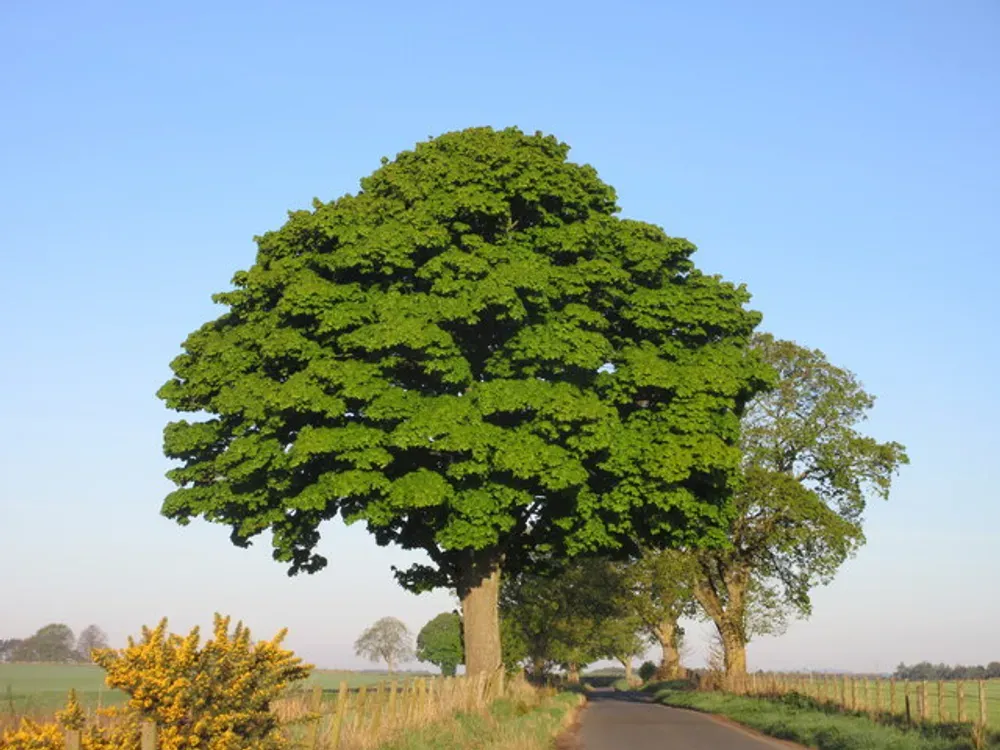
Table of Contents
Introduction
Ensuring the safety of our equine companions involves vigilance, especially regarding exposure to toxic trees within their grazing areas. This comprehensive guide addresses the identification and management of poisonous trees commonly found in horse paddocks across Europe and North America. Horses may inadvertently consume toxic plants while grazing or snatching at vegetation during rides, emphasizing the importance of awareness and prevention. Some trees are harmful throughout the year while other trees are seasonal problems or dangerous under certain conditions.
Don't worry, this Rideout article provides a comprehensive guide on toxic trees for horse owners in Europe and North America.
Two Trees that Should Not Grow where my Horse Grazes
Throughout the year the yew tree and black walnut tree are highly toxic to horses.
The Yew Tree
No more than 100 grams of yew leaves will kill a horse. Even the bark and fallen leaves are extremely poisonous. The tree contains toxin alkaloids A and B which act very quickly and death happens within a few hours. A horse that has eaten yew will have muscle tremors and a lack of coordination. Collapse and painful death will follow. If a yew tree grows in your paddock have it removed and do not graze horses near a yew tree. If a neighbouring property has a yew tree with branches overlooking your paddock you must not use the area for any livestock at any time of year. Do not produce hay from the area as yew needles could be present in the crop.

Remember that all parts of the Yew tree are poisonous, except for the red fruit around the stone. Consuming this tree's wood leaves and fruit stones will easily kill horses and other mammals. There is no known antidote for this poisoning!
Horses that snatch at vegetation when being ridden are at risk!
Some greedy horses will snatch at vegetation when being ridden along overgrown trails. These horses may eat toxic plants they would not normally touch or come in contact with.
The Black Walnut Tree
Horses that eat black walnut hulls and leaves can develop liver disease. The problem is caused by juglone found in the roots, hulls and fresh leaves. The mould that forms on black walnut hulls is also dangerous if ingested.
Juglone from the black walnut roots will contaminate the soil around the tree within a radius of approximately 60 feet. Even the spring pollen from this tree can cause your horse to have an allergic reaction. The signs of black walnut poisoning depend on the amount of juglone ingested and the individual horse's sensitivity to the poison. The evidence of poisoning can appear after a few hours or take a few days to emerge. Look out for lethargy, a loss of appetite, diarrhoea and colic. The horse can also develop swollen legs and laminitis. Jaundice, collapse and death can follow.
Never graze horses within 60 feet of a black walnut tree. If a black walnut tree is felled all wood chips must be removed. The soil under a removed walnut tree will be contaminated for months or possibly longer as the dead roots decay so the soil must be tested for traces of juglone.
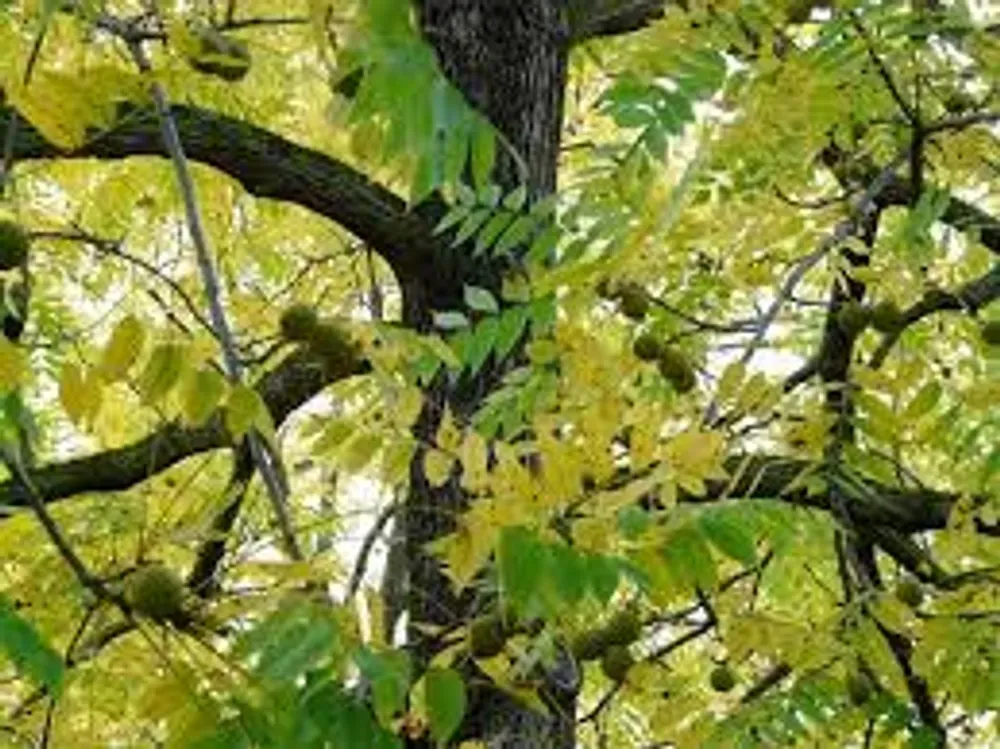
Black walnut trees are majestic but should not be near horse paddocks.
Woodchip bedding containing black walnut will cause laminitis!
Horses bedded on black walnut woodchips only take a few hours to develop acute lamellar inflammation and hoof wall separation. The toxin within the shavings is absorbed through the horse's coronary band.
Shavings containing 5% black walnut can cause a problem. Only buy woodchip bedding from reliable sources that will not contain black walnut.
Trees that are Dangerous to Horses under Certain Conditions
Some trees are a health risk when their leaves wilt and when they drop their seeds. In addition, the seedlings from these trees can poison horses. The toxins involved are cyanide, hypoglycin-A, tannic and gallic acids. depending on the tree species. Many trees in the maple family contain hypoglycin and prunus trees poison through cyanide. Oak trees contain tannic and gallic acids.
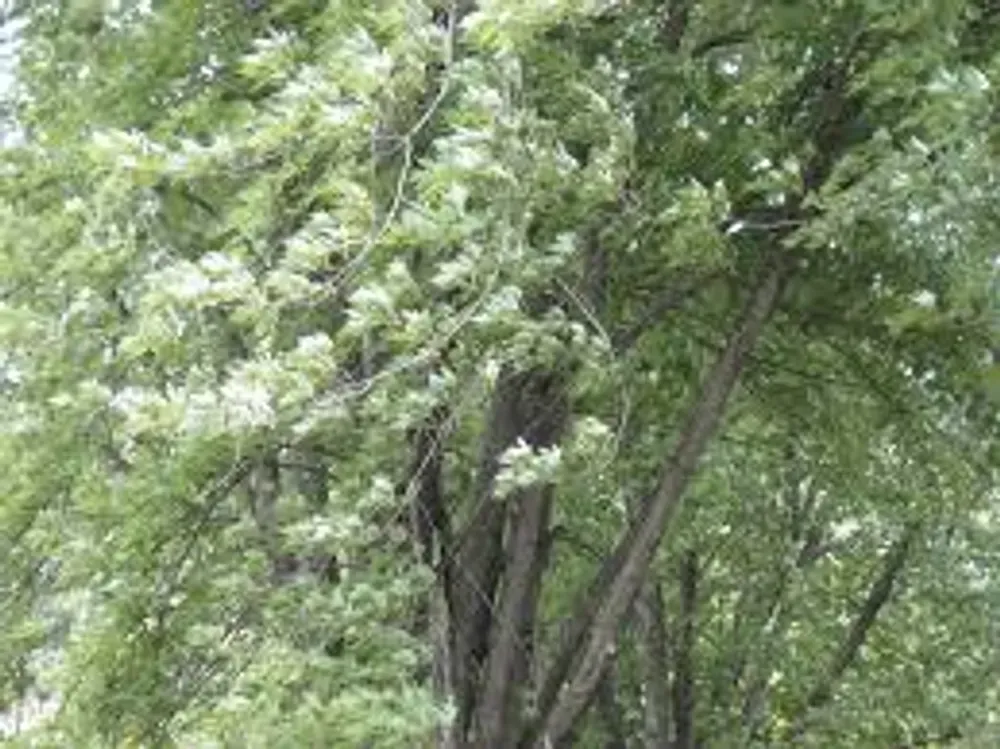
Maple Trees: Sycamore, Boxelder, Red Maple, Sugar Maple and Silver Maple (hypoglycin-A poisoning)
The seeds, wilted leaves and seedlings from these trees contain the poison hypoglycin-A which causes atypical myopathy. Sycamore, Boxelder and Red Maple contain the highest concentrations while Sugar and Silver Maples are less toxic. The condition of atypical myopathy is severe and affected horses are frequently euthanised. The seeds (keys) can be windblown over a large area, so a tree in a neighbour's field could infect your paddocks with seedlings.
Some horses will not eat the keys or leaves that drop in the Autumn or the seedlings that appear in the Spring. Not all trees contain the toxin and the toxicity will increase after frost or heavy rain. The problem is further complicated as not all horses that eat the seeds or seedlings go on to develop atypical myopathy. It is generally regarded that dried and wilted leaves remain toxic for 4 weeks. Young horses and horses that spend most of their time on grass are the most likely to develop the condition.
Horses with hypoglycin-A poisoning have general depression with associated sweating, muscle stiffness and tremors. Their urine will be a red colour and they develop physical weakness with problems walking and difficulty standing. Difficulty breathing, collapses and death follow.
The link between atypical myopathy and certain trees was established in 1984!
In the past, many horses were turned out on fields containing trees that produce hypoglycin-A but not all would develop the condition. Sometimes this was because the horses were not tempted, but others ate keys or seedlings and did not develop atypical myopathy.
Here are the Important considerations to reduce the danger of hypoglycin-A poisoning. Do not over-graze paddocks near these trees so that there is plenty of grass for your horses. Remove any storm-damaged branches so wilted leaves cannot be eaten and fence off areas near these trees to reduce the exposure to the autumn fall leaves, keys and seedlings. Remove as many keys and wilted leaves from affected areas as is practical and in the spring kill seedlings with a recommended herbicide but remember that dead seedlings remain poisonous for some time so horses cannot graze the area until it is safe.
Newly sprouted seedlings can be killed by close mowing. If the grazing is poor feed hay or haylage to horses grazing paddocks near these trees Reduce the time horses are at grass when the seedlings grow and when the keys and leaves fall. Horses that spend more time on the grass are more susceptible. Outbreaks are more frequent after frosty conditions so do not graze stock near these trees the day following a frost.
Hungry Horses are more at risk of poisoning!
Horses not fed enough are likelier to eat poisonous plants when grazing.
- Prunus Trees: Cherry, Peach and Plum (cyanide poisoning)
The withered green leaves of prunus trees can kill horses as the green leaves contain cyanogenic glycosides which convert to cyanide when the leaves wilt. This occurs in the autumn or at other times when branches have withered. Young withered leaves remaining on branches draw toxins from the tree and are extremely dangerous. Withered leaves that fall gradually contain less cyanide.
The symptoms of cyanide poisoning are seen within 10 to 15 minutes of consumption. The horse will slobber and their mucus membranes will be bright red. They will have rapid respiration and a weak pulse. The next stage will be collapse and convulsions followed by rapid death.
Assuming prunus trees cannot be replaced with non-toxic trees follow these suggestions. After a storm inspect your paddocks and remove any fallen branches. Daily inspect all prunus trees for wilting leaves on attached limbs and remove these leaves. In the Autumn fence-off areas where the leaves fall.
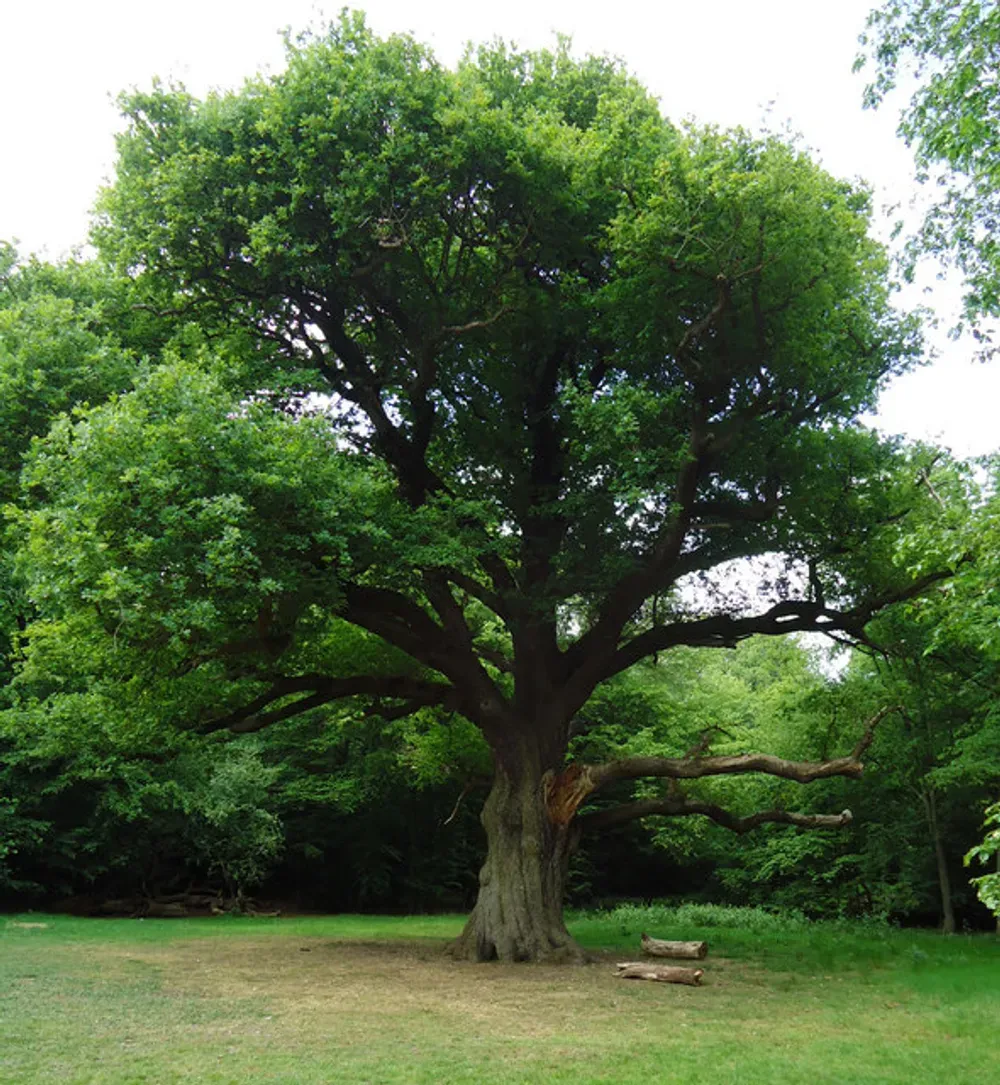
Oak Trees (tannic and gallic acid poisoning)
An established oak tree is a wildlife haven but is poisonous to horses.
All parts of the oak tree are toxic to horses as they contain tannic and gallic acids. that cause gut, liver, and kidney damage. However, the acorns and the young leaves pose the highest threat and some horses develop a taste for acorns. To complicate the situation different horses have different tolerances to eating acorns although it is widely accepted that small quantities consumed are not harmful. Mature trees will grow leaves that horses cannot reach but will drop many acorns in autumn. The signs of acorn poisoning can begin with mouth ulcers but increased consumption causes colic and general depression with constipation and then bloody diarrhoea.
To avoid oak poisoning, remove the lower branches of immature trees so that horses cannot graze on the leaves. Then fence off young oak trees so that leaves cannot be eaten. In the autumn fencing off areas where acorns have fallen and if possible have the acorns raked up at the end of the fall. If the acorns have not been removed avoid turning out in contaminated areas until they have rotted away.
The Three Season Paddock Check for Poisonous Trees
Spring
- Fence off young oak trees and remove the lower branches from established oak trees.
- After high winds remove the wilted branches from cherry, plum, peach and poisonous maple trees.
- Use a herbicide to kill newly sprouted poisonous maple and boxelder saplings and wait for these to decay before grazing your horses in affected areas.
Summer
- Check after high winds and remove wilted branches from the poisonous trees.
Autumn
- Fence off the areas under oak, poisonous maples, and prunus trees so horses can not access leaf fall and acorns/keys.
- If possible remove acorns/keys.
There are garden trees that are poisonous for horses!
Gardeners often grow laburnum, rhododendron, laurel and privet. These are poisonous trees, so avoid them at all times.
The take-home Message
If all of this leaves you rather overwhelmed, phone apps will identify these trees and give you peace of mind. Just walk around your paddocks and field boundaries to log the types of trees that grow so that preventative measures can be taken.
As the saying goes, “prevention is better than cure” and poisoning from the above trees is problematic because no anti-toxins are available.
FAQs
What happens to feral horses as they cannot be protected from poisonous trees?
I know horses that graze in paddocks containing sycamore trees and there are no problems so do I need to worry?
Are there any horse antidotes for tree poisons?

Article Suggestion
The Ultimate Guide – Caring for Horses Living Out in Winter
